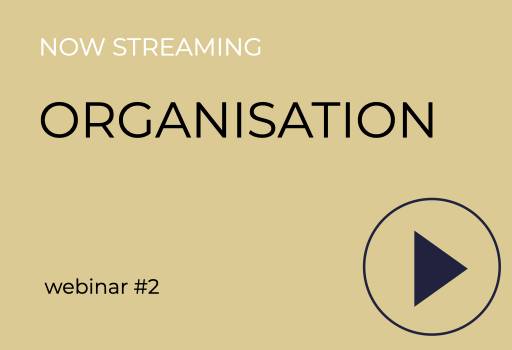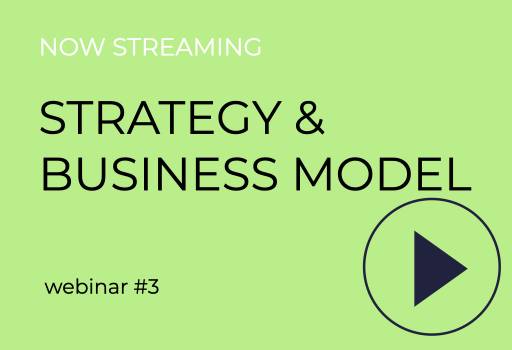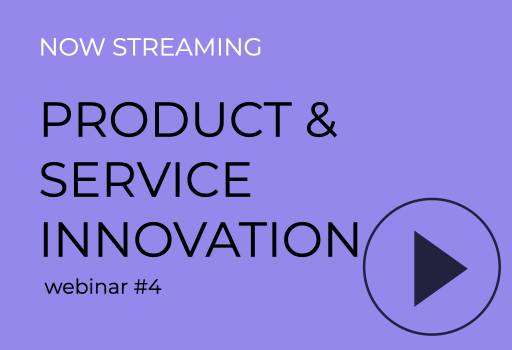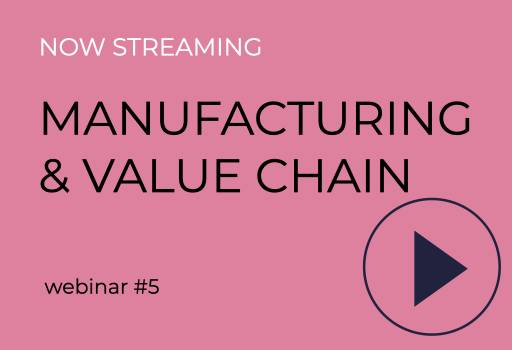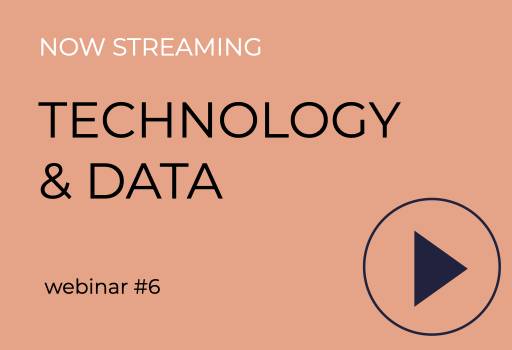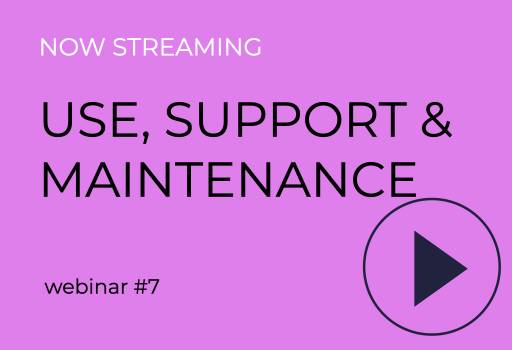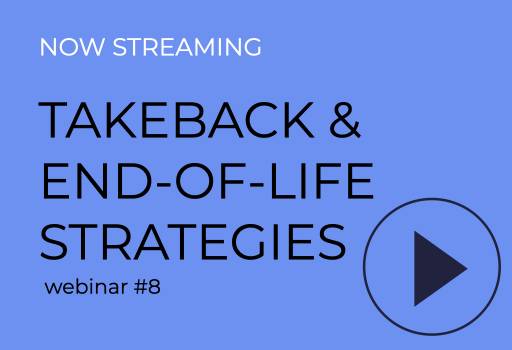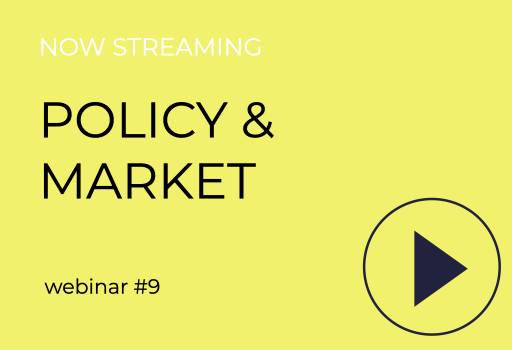MATChE Webinar #1: Intro til MATChE
Om denne præsentation
I dette første webinar fokuserede vi på det overordnede MATChE projekt, dets resultater og dets relation til cirkulær økonomi. Webinaret foregik online den 25. januar kl. 15:00 - 16:00 CET. DEt blev modereret af Lasse Vinblad Thaisen og præsenteret af Professor Tim C. McAloone og Associate Professor Daniela Pigosso på engelsk.
Q&A from the webinar
Are all the tools developed by the MATChE team?
- No, they are not. Some of the tools are developed throughout the MATChE project. But the majority are borrowed from other projects and of course referenced accordingly. We have adapted some of these external tools to fit the topic of circular readiness in manufacturing companies.
What kinds of companies are most relevant for this tool?
- The MATChE project is built upon Danish production companies, which was the initial scope. From our data we can see that many other types of companies and countries have used the platform. We are also looking into expending the platform with specific focus on other sectors like the maritime, agri-food or cities. If you have any other ideas, we are very interested to hear those.
Apart from CE readiness does the MATChE assessment also give input on the sustainability of my business?
- MATChE is looking at circular economy as a means to get reach higher sustainability. But all the companies we have engaged with, have some form of sustainability strategy, where this feeds in. But this project only focuses on the readiness for circular economy.
Does your platform also consider and evaluate the influence of consumers in CE strategies of companies?
- The platform does not engage the consumers, but it asks the companies how they are understanding their consumers and the market, and thus, how ready they are for a circular transition. Under the dimension of Strategy & Business Model Innovation, is where the consumer insights will come. This is also covered in terms of market demand in the final dimension of Policy & Market.
Is it correctly understood that the bars are in percentage and the Speedometer is in points (up to 150) and therefore not directly comparable (not without a minor calculation that is)?
- Yes. Some parts of the results measure in percentage and some are based on a 150 point scale.
Is data statistics from your webinars available anywhere?
- Every company or user can sign up in the MATChE platform and benchmark their circular readiness with the industry. The data is anonymised of course. The overall data visualisation presented in this webinar is currently not available to play with yourself, but we are looking into that.
Is your readiness approach in circularity based on research findings and experimental data, or your own design?
- The tool is research and science based. Before we developed the dimensions and the platform, we did a lot of research to look into what factors are needed for companies when making the transition. Based on that, we identified the 8 dimension that are specific to the MATChE platform.
Do you have any insights on how to prioritize the focus areas within the company and on which dimension to focus on first?
- In the MATChE we have an indication of your strengths and opportunities for improvement. It requires some dialogue within your organisation to decide whether to lead the way on existing strengths or to fill the gaps your company might have.
How many replies is needed for a usable assessment in the MATChE platform?
- It really depends on the size of the company, and also the skills coverage. When looking into the results, check the "robustness" of the results, it will provide a good indication of the need for more people and skills."
Which user profile within the company do you recommend including?
- We're basically looking to get as broad a representation as possible. The more the merrier! But here's a list of functions that we measure by, including:
- Compliance, standardisation and lobbying
- Reverse logistics and waste management
- Market intelligence & business development
- Change management
- Product and service innovation
- Sustainability
- Supply chain management and operations
- Sales and marketing
- Maintenance and after-sales
What kind of quantitative measures in terms of sustainability assessments do the companies intend to use?
- The questions in the platform are covering the 8 different dimensions. They do not require quantitative data like waste amounts, etc. But rather it looks at what stage and to what extend is your company making pilots and scaling those up within different topics. The richness of the data comes with the higher number of employees within one organisation answering the survey.
Which is typically the first implementation step you take when starting at a company? E.g., circular packaging or environmental data gathering.
- It really depends on the sector, company and strategy. We can see success stories with starting points in different areas.
What would you say is the main difference between measuring readiness and maturity?
- Great question. Readiness is about understanding how to pilot and scale-up circular economy initiatives. Maturity is about having the right processes in place, in order to be able to do it again, and again, and again.
How do you assess readiness to the upcoming regulations from the EU Green Deal?
- It is covered within our Policy & Market dimension - both in terms of compliance with current regulations, and new trends.
Do the questions for the assessment apply to all sectors? are there sector specific questions?
- Currently, MATChE is applicable to the manufacturing sector - and we are working on expanding it to other sectors and value chain players as well.
Based on the assessment result, who should make the change in the company? managers? CEOs? or designers?"
- Everybody. In order to succeed, circular economy must be implemented by different functions and hierarchical levels at the organisation. It really takes a systemic approach. It depends on the level and ambition of the transition that the company decides to employ. But we have tools and guidance for all three levels: strategic, tactical and operational.
Can I download the tools or the assessment questionnaire without signing up with a company email? E.g., using a generic email?
- Some tools are available without logging in. But you can just use a generic (personal for example) email to create an account to see all tools and the survey. We filter our data, so that “generic” survey responses does not bias our industry statistics.
In terms of context which areas, requirements, risks, etc. do you believe are most important for the transition of companies to a circular economy in the next 5 years?
- There are at least as many risks and challenges, as there are opportunities! We will be trying to balance our next eight webinars by shedding light on both.
From a customer-perspective can you then use a framework like this in a procurement activity/strategy. Do you have any research refences on this?
- Sure, there are lots of tools connected to the customer engagement - we would definitely recommend you to have a look into them in the MATChE platform.
Since the companies starts to use the tool and get some improvements, is it possible to follow the changes refilling the information and have a "picture" to compare past/present?
- Yes, absolutely. It is possible to keep track of companies’ readiness evolution over time, and that is a nice tool for measuring success and evolution.
Om MATChE
Det første skridt i enhver omstilling er at have en fornemmelse af den nuværende situation og en beslutning for hvor man skal starte. Men hvordan finder du din virksomheds cirkulære potentialer og hvordan kan du vide du er parat til at forfølge dem? MATChE Parathedsvurdering er et gratis online værktøj, som muliggør, at du og dine kollegaer kan vurdere jeres virksomheds omstillingsparathed til en cirkulær økonomi, forstå jeres styrker og svagheder og definere det rette fokusområde for jeres virksomhed at koncentrere jeres omstilling på først. Bagved vurderingen i parathed og processen til at øge virksomheders parathed til en cirkulær økonomi ligger MATChE metodologien. Metodologien bygger på forskning og videnskabelige studier udført ved Danmarks Tekniske Universitet. Den tager stilling til 8 dimensioner af forretningsaktiviteter, som er kritiske at have for øje i en omstilling til cirkulær økonomi. Den flerdimensionelle fremgangsmåde er en nødvendighed, da Cirkulær Økonomi er bredt emne, som kan berøre alle felter indenfor din virksomhed.


